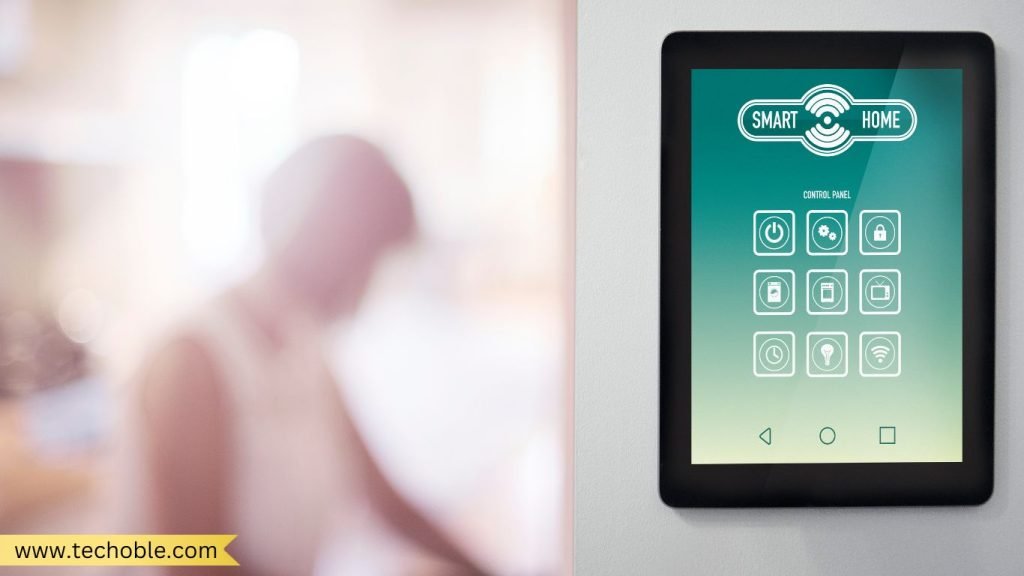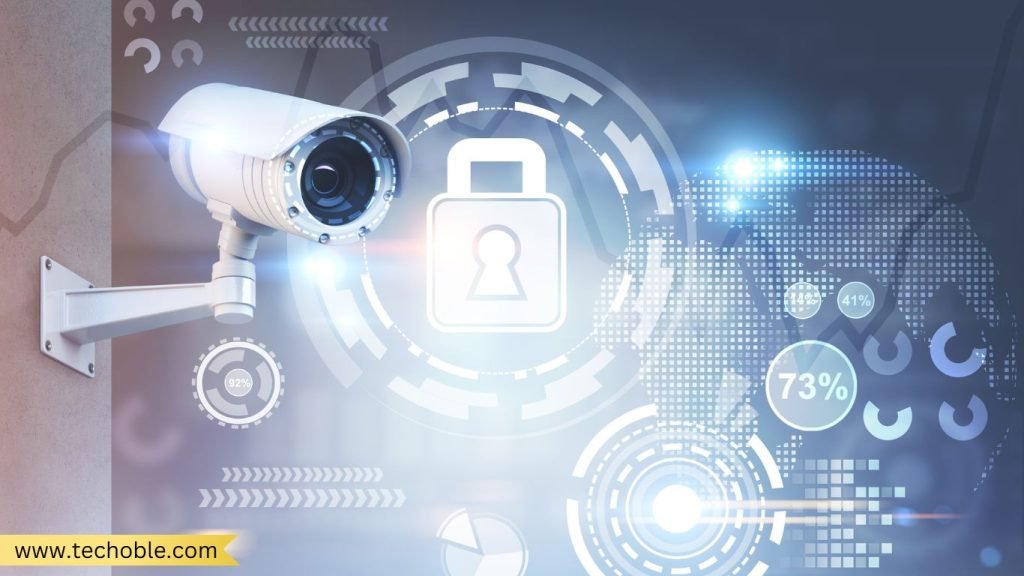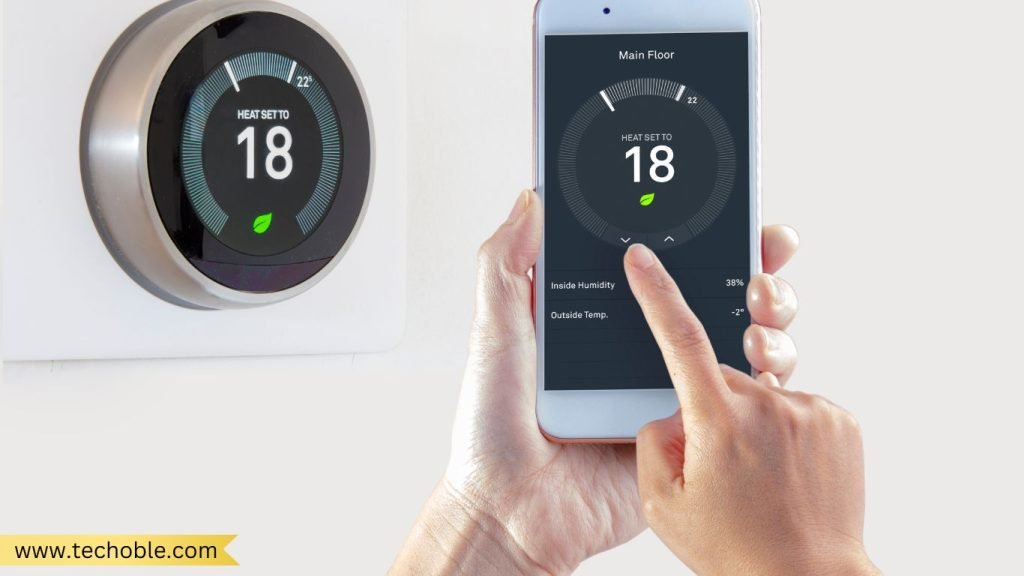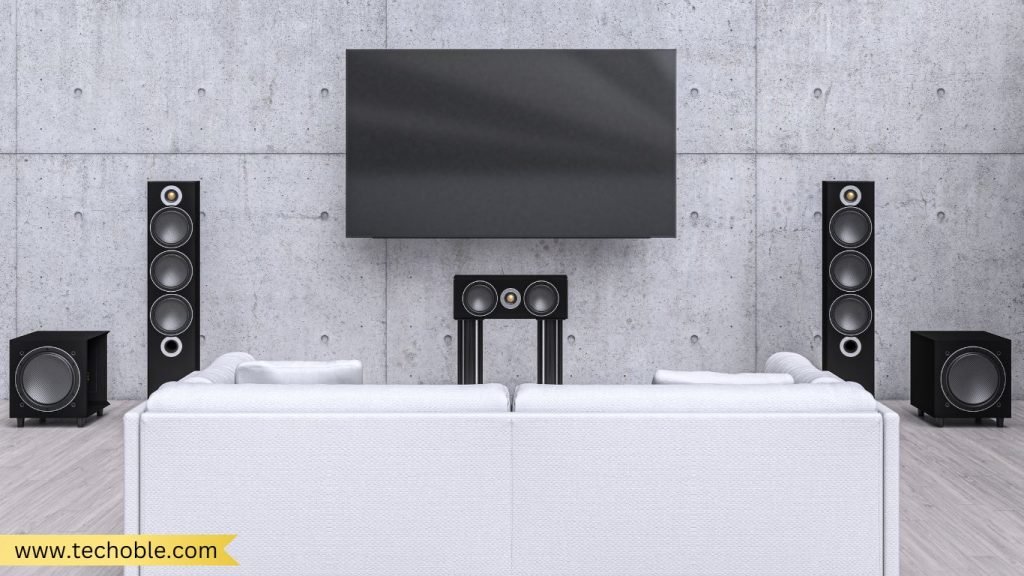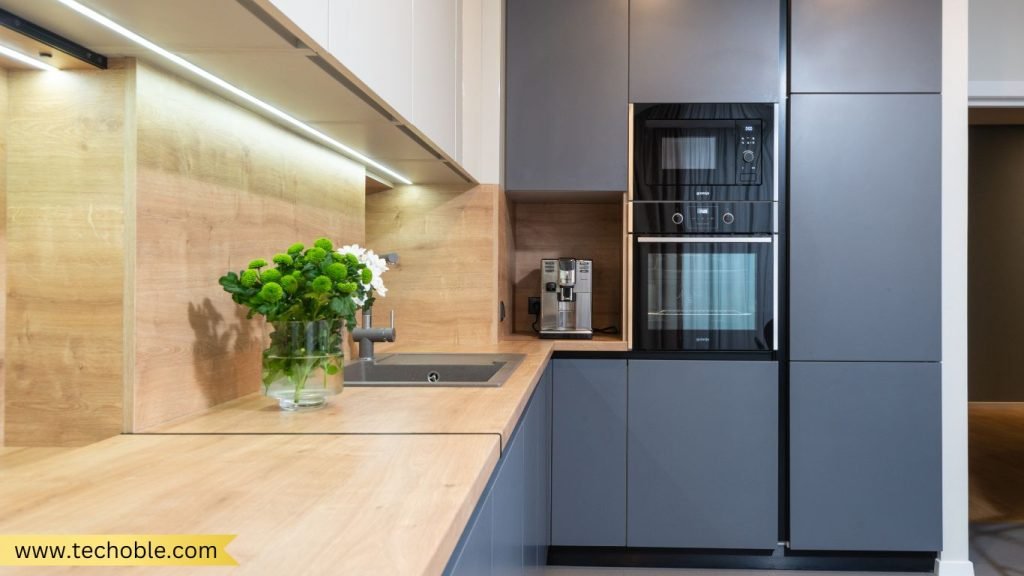 How to Set Up a Complete Home Automation System in 2025
How to Set Up a Complete Home Automation System in 2025
Home automation is revolutionizing modern living, offering convenience, energy savings, and security. In 2025, smart homes are more advanced and accessible than ever before. This article provides a complete guide on setting up a home automation system, covering essential devices, setup steps, and future trends.
What is Home Automation?
Home automation involves controlling various home functions—like lighting, security, and temperature—through a central system. This central system is usually managed via a smartphone app, voice commands, or a smart hub. As technology advances, the future of home automation points towards more connected, seamless, and intelligent systems.
Planning Your Home Automation System
Define Your Goals
To get started, define your home automation goals. Ask yourself what you want to achieve. Some common goals include:
- Enhanced Security: Smart cameras, locks, and alarms.
- Energy Efficiency: Automated lighting and climate control.
- Convenience: Voice-activated controls for devices.
- Entertainment: Whole-home audio and smart TVs.
Budget and Scalability
Plan a budget that fits your goals. Home automation can range from a few hundred dollars to several thousand, depending on the setup. You can start with essential devices and add more over time. The great part about 2025 home tech? Many systems are scalable.
Compatibility
When choosing devices, check compatibility with popular platforms like Google Home, Apple HomeKit, and Amazon Alexa. Compatibility ensures that all your devices can connect and communicate smoothly. Devices working together make it easier to create a fully integrated system.
Key Components of a Complete Home Automation System
Setting up a home automation system requires various devices working together. Here’s a look at the essential components:
1. Smart Hub or Central Control
A smart hub acts as the “brain” of your home automation system. It connects all devices, allowing centralized control. Popular choices include:
- Google Nest Hub
- Amazon Echo
- Apple HomePod
In 2025, smart hubs are increasingly AI-driven, learning your routines and making adjustments automatically.
2. Smart Lighting
Smart lighting allows you to control lights remotely, schedule them to turn on/off, or adjust brightness and color. This feature improves convenience and energy efficiency.
Top Brands in 2025:
- Phillips Hue: Known for extensive color and brightness options.
- LIFX: Offers app-controlled lights with no hub needed.
- Wyze: Budget-friendly and easy to install.
Benefits of smart lighting include:
- Energy savings by automating off times.
- Customization options for ambiance.
- Hands-free control with voice commands.
3. Security and Surveillance
Security is a key aspect of any home automation system. Smart security includes cameras, motion sensors, and doorbell cameras.
Popular Security Systems:
- Ring: Known for video doorbells and security cameras.
- Arlo: Offers high-quality, wire-free security cameras.
- SimpliSafe: A complete DIY security system with monitoring options.
Adding smart locks lets you control access to your home remotely, enhancing security.
4. Climate Control and Smart Thermostats
Smart thermostats give you control over your home’s temperature from anywhere. These devices help save on energy costs by learning your schedule and optimizing heating or cooling.
Leading Smart Thermostats:
- Nest: Automatically adjusts based on your habits.
- Ecobee: Includes room sensors for customized comfort.
- Honeywell: Known for reliability and ease of use.
Automated climate control means lower energy bills and a more comfortable home environment.
5. Entertainment and Audio Systems
Smart home entertainment brings your music, movies, and TV into one seamless experience.
Top Entertainment Devices:
- Sonos: Multi-room audio with excellent sound quality.
- Apple TV: Integrates well with Apple HomeKit for seamless control.
- Amazon Fire TV: Offers Alexa integration for voice control.
You can set up voice-controlled playlists, and link speakers across rooms to enjoy audio throughout the home.
6. Kitchen and Appliance Automation
Modern smart kitchens include appliances that make cooking easier and more efficient. Popular smart appliances include:
- Smart Refrigerators: Track food inventory and expiration dates.
- Smart Ovens: Start preheating from your phone.
- Coffee Makers: Brew on schedule for your morning routine.
In 2025, smart appliances connect to central hubs, allowing seamless management.
Connecting and Integrating Devices
Network Requirements
Home automation systems rely on a stable Wi-Fi or mesh network to operate effectively. A strong network ensures reliable communication between devices.
Voice Assistant Integration
Choosing a voice assistant—such as Alexa, Google Assistant, or Siri—adds convenience. You can control devices using voice commands, making your system even more user-friendly.
Setting Up Scenes and Automations
Home automation allows you to create customized scenes. Examples include:
- Good Morning: Lights turn on, and the coffee maker starts brewing.
- Leaving Home: Locks all doors, turns off lights, and arms the security system.
- Movie Time: Dims lights, closes blinds, and starts the TV.
Using scenes simplifies daily routines, making your system feel truly smart.
Smart Home Automation Software and Apps
Apps are essential for managing home automation systems. Popular options include:
- Apple HomeKit: Great for iOS users with seamless integration across Apple devices.
- Google Home: Compatible with various devices, especially Google Nest.
- Samsung SmartThings: Works with a wide range of third-party devices.
These platforms offer automation options and let you control devices from a single app, simplifying home management.
Privacy and Security in Home Automation
As homes get smarter, securing your devices becomes crucial.
Tips for Securing Your Smart Home:
- Use Strong Passwords: Avoid default passwords for all devices.
- Enable Two-Factor Authentication: Adds an extra layer of security.
- Firmware Updates: Keep device software up-to-date to protect against vulnerabilities.
Privacy Tip: In 2025, always-on voice assistants raise privacy concerns. Many devices allow you to mute microphones when not in use.
Cost of Setting Up a Complete Home Automation System
Here’s a breakdown of typical costs for a home automation setup in 2025.
| Component | Basic Setup Cost | Mid-Range Cost | High-End Cost |
|---|---|---|---|
| Smart Hub | $50 – $100 | $100 – $200 | $300+ |
| Smart Lighting | $20 – $50 per bulb | $50 – $100 | $100+ per bulb |
| Security Systems | $100 – $200 | $300 – $500 | $500+ |
| Thermostats | $100 – $150 | $150 – $300 | $300+ |
| Entertainment | $100 – $200 | $300 – $600 | $600+ |
Basic systems range from $500-$1000, mid-range from $1000-$3000, and high-end setups can exceed $3000.
Future Trends in Home Automation for 2025 and Beyond
The future of home automation includes exciting advancements.
2025 Trends:
- AI-Driven Automation: Predictive systems that adjust based on past user behavior.
- Renewable Energy Integration: Systems managing solar power and energy-efficient devices.
- Improved Interoperability: Devices from different brands will work together more seamlessly.
The future of home automation holds endless possibilities as technology becomes smarter and more integrated.
How Do I Completely Automate My Home?
To completely automate your home, follow these steps:
- Choose a Hub: Start with a compatible hub.
- Select Key Devices: Pick essentials like lighting, security, and thermostat.
- Integrate Devices: Connect to the hub and set up voice control.
- Set Routines: Program scenes to automate daily activities.
- Expand as Needed: Add devices over time as your needs grow.
With a strong foundation, you can enjoy a fully automated home that adjusts to your lifestyle.
How Do I Create a Home Automation Project?
Starting a home automation project requires research and planning. Here are tips:
- Research Options: Look into hubs, devices, and apps.
- Set a Budget: Plan for initial and potential expansion costs.
- Test Compatibility: Ensure devices work together.
- Install and Configure: Connect everything to the network and set up automations.
- Refine and Expand: As you get comfortable, add new devices or upgrade existing ones.
By following these steps, you’ll set up a smart home that fits your needs.
How to Start a Smart Home Automation Company?
Starting a smart home automation company is a great business idea in today’s tech-driven world.
Steps to Start Your Own Smart Home Automation Company:
- Identify a Niche: Consider specializing in security, lighting, or energy management.
- Understand the Technology: Stay updated on the latest devices and protocols.
- Develop a Business Plan: Outline services, pricing, and marketing strategies.
- Build Partnerships: Partner with device manufacturers and suppliers.
- Offer Installation and Support: Many customers need help setting up systems.
With demand for smart homes growing, this field offers plenty of opportunities.
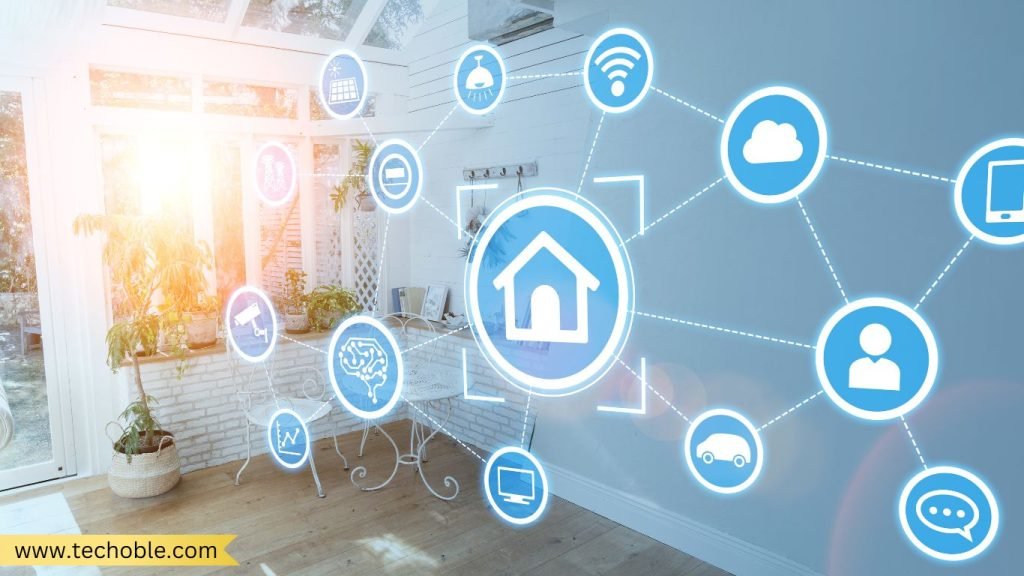 How to Set Up a Complete Home Automation System in 2025
How to Set Up a Complete Home Automation System in 2025